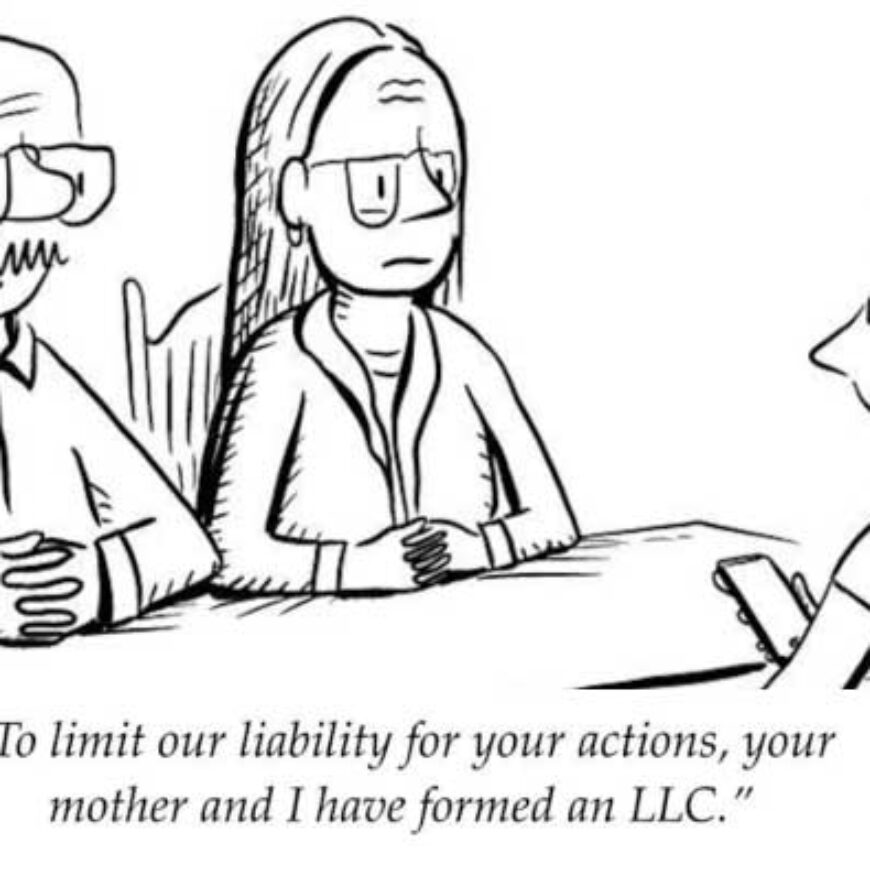by Tom Stilp JD, MBA/MM, LLM, MSC, DBA, October 28th, 2025
People have long wondered if words in a question really do, in fact, make a difference in the answer given. According to an empirical study by Professor Loftus of the University of Washington involving 490 subjects in four (4) experiments, the answer is “yes” (Loftus, 1975).
The experiments investigated how the wording of questions by attorneys may influence the memory and, therefore, the answer of a witness. Can words used in a question sway an eye-witness’s memory of an event? If the wording of questions could have a substantial effect on the answers given, then eye-witness testimony can be manipulated.
Consider these two questions given to witnesses on direct examination:
“How fast were the cars going when they made contact?”
-vs-
“How fast were the cars going when they collided?”
According to Professor Luftus, the use of “collided” consistently provoked a higher estimate of speed of the cars (Loftus, 1975).
In another experiment, subjects watched a 3-minute video in separate groups, and a week later, one group was given questions without a manipulative fact, and second group given questions with a manipulative fact. For example, subjects were asked “yes” or “no” to the following:

(Loftus, 1975, p. 567-68). There was no truck. In the first group, only a handful of subjects incorrectly recalled seeing a truck, whereas in the manipulative question situation, three (3) times a many subjects recalled seeing a truck (chi-square p-value < .01, meaning the results were statistically significant and highly unlikely to have occurred by random chance).
These results are important to know something about the accuracy and manipulation of testimony. You might use the same technique in every-day speech to influence a response. Having taken over 150 cases to trial, experienced counsel will know how to ask questions, and when to object when questions assume facts not in evidence.
———————————————————————————————————————-
References
Loftus, E. (1975). Leading questions and the eyewitness report. Cognitive Psychology 7, 560-572.



